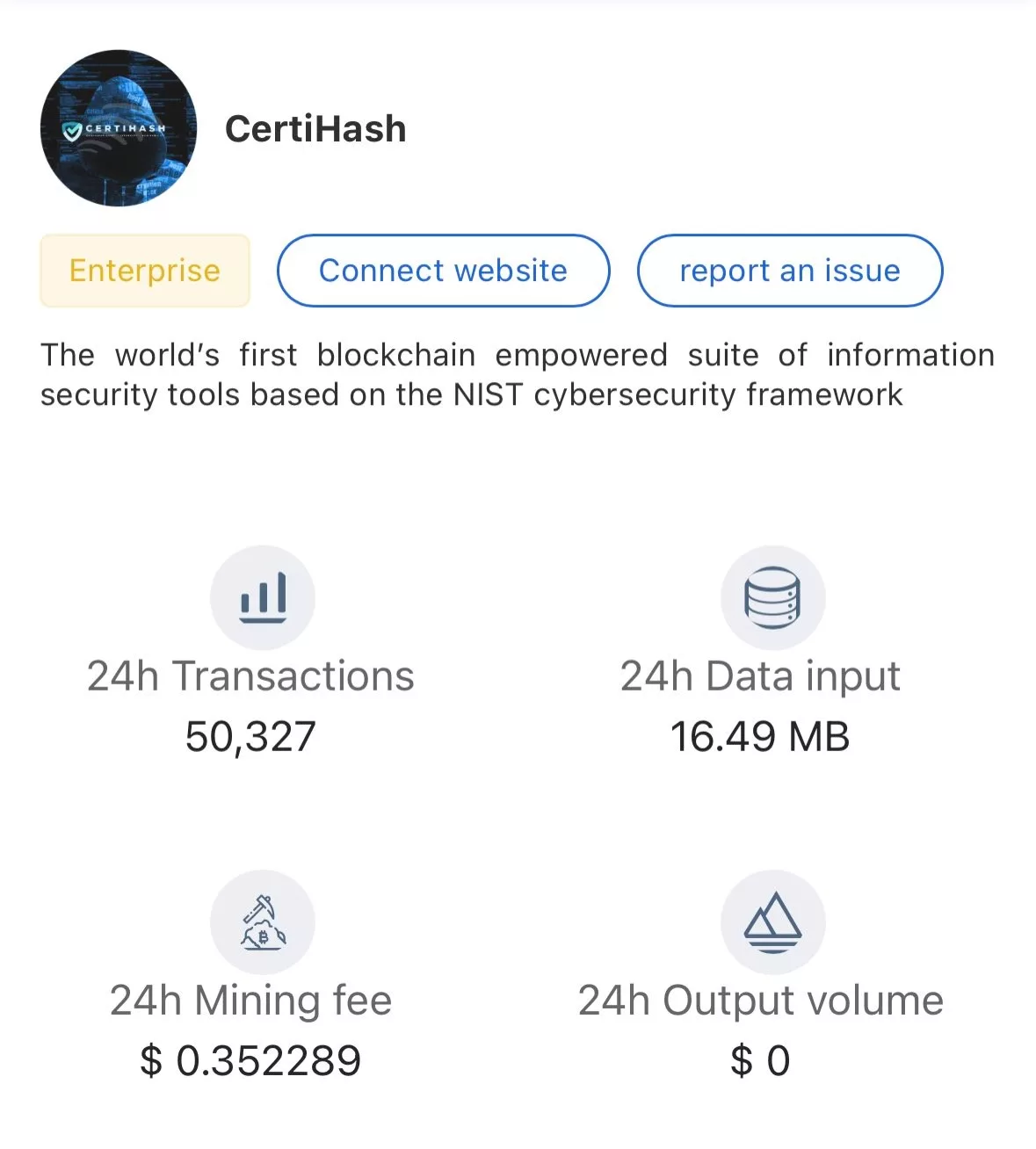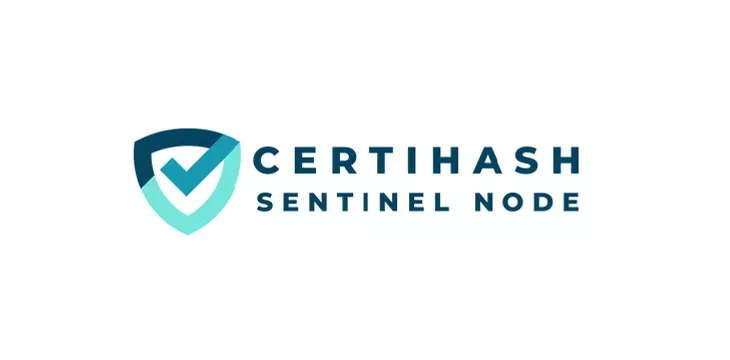|
Getting your Trinity Audio player ready...
|
CertiHash, the company behind BSV blockchain-based cybersecurity tool Sentinel Node, recently released an activity report showing how it generated 10.9 million transactions in 2023.

The report indicates strong interest in the revolutionary cybersecurity tool and proves that enterprise use cases of the blockchain have serious potential.
Like all successful products, the driving force behind Sentinel Node’s success is that it solves a real problem. Cybercrime is set to cost the world $10.5 trillion annually by 2025, underscoring the need for a new generation of tools to deal with it.
Hearing rumors that there are no business users or #applications on @BSVBlockchain so locking is the only utility.
Not quite the case. Let me introduce you to @CERTIHASH, privately owned by SmartLedger and built in collaboration with @ibmconsulting
Here is your signal. pic.twitter.com/3SNFkmgTrv
— Bryan Daugherty (@BWDaugherty) September 30, 2023
How does Sentinel Node work?
Sentinel Node takes real-time snapshots of files and networks and detects any changes. It also looks for other anomalies and events on computer networks. For example, each time a file is accessed, Sentinel Node creates a hash and publishes it on the public, immutable BSV blockchain, making it instantly detectable.
At the London Blockchain Conference in 2023, Bryan Daugherty and Greg Ward
demonstrated how Sentinel Node works with a live demo. Daugherty explained that it takes 221 days (on average) for the average computer system breach to be detected.
Ward then demonstrated how Sentinel Node can bring that down to a few seconds, instantly alerting network admins and logging the actions they have taken to deal with it. Giving an analogy, he likened the Sentinel Node to an 8K camera that watches your room 24/7, observing and recording who comes in and out.
Ward also gave an in-depth interview with CoinGeek journalist Jon Southurst on The Bitcoin Bridge show. In it, he explained how Sentinel Node works and what it’s for.
Only on the scalable BSV blockchain
Tools like Sentinel Node demonstrate how blockchain technology can be used to bolster data integrity and provide solutions to age-old problems plaguing enterprises, governments, and everyday people.
With Sentinel Node and many other BSV applications, the goal is to use a public, immutable record of events to prove something did/did not occur, program alerts to inform stakeholders, and use the blockchain to create true transparency and accountability.
For any of this to be possible, the blockchain has to be scalable, the fees for writing to the ledger have to be so low as to be irrelevant, and there has to be a means by which entrepreneurs and developers can program applications while knowing the protocol will remain stable so the applications will work long-term.
As of today, only the BSV blockchain, the original protocol released by Satoshi Nakamoto, meets the required standards. CertiHash is proving it’s the standard for building scalable, enterprise-facing apps that solve real problems.
Watch CertiHash: Fortifying cybersecurity through blockchain

 12-24-2025
12-24-2025 




